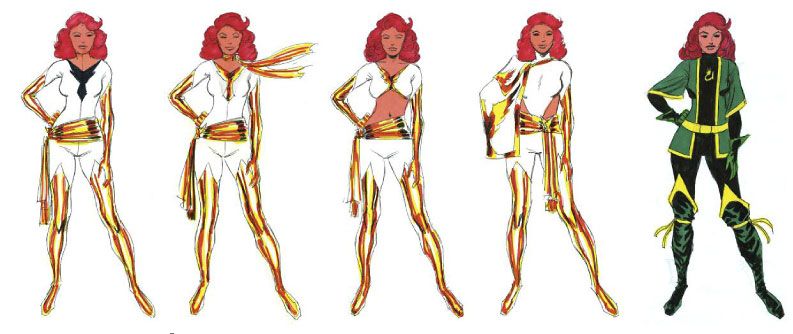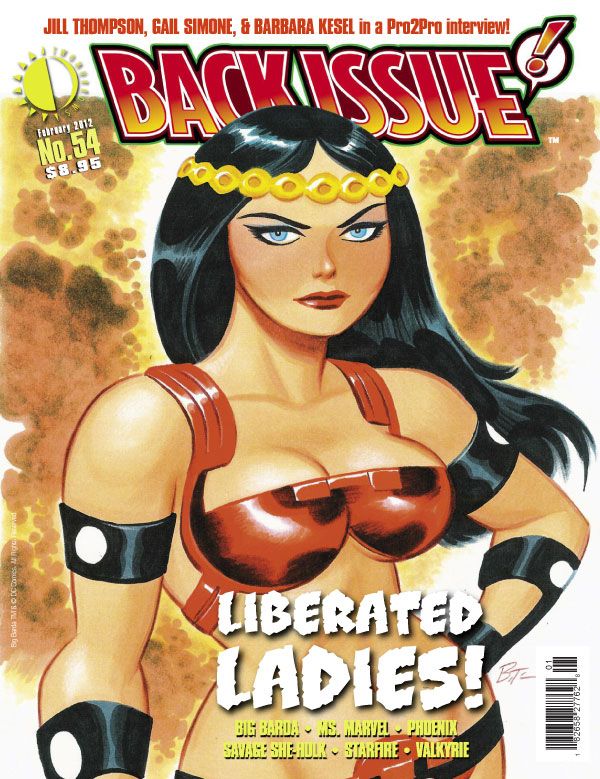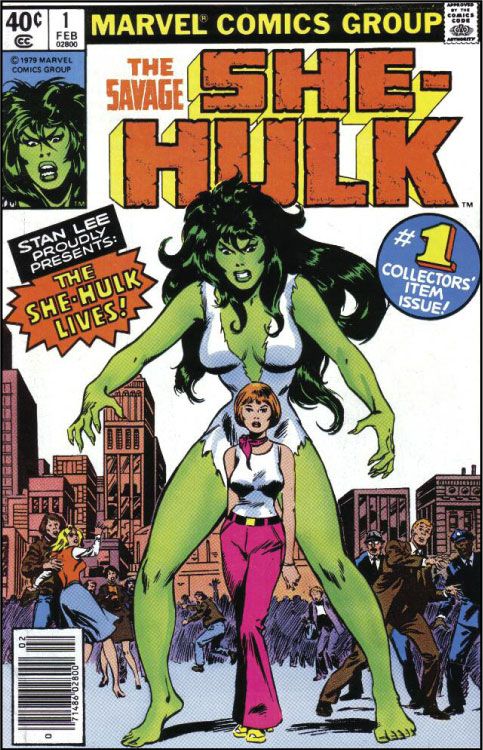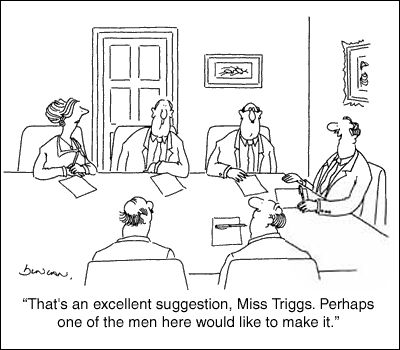If you wrote a magazine just for me, designed to plug into my brain and force me to purchase, it would have to be the "Liberated Ladies" issue of the new Back Issue magazine. Devoted to the in-depth examination of just a few of the strongest female superheroes in comic books, as well as interviewing three of the most identifiable women working in comic books - I had to read it.
The cover is adorned with a fabulous Bruce Timm painting of one of the most intense and powerful women in comic books; Big Barda. Personally I would have liked to have seen her depicted in her Apokolypitian military atire rather than a bikini. The partial nudity somewhat undermines the "Liberated Ladies" tagline, but this slightly more sexualized version of Barda is understandable; breasts are great sales tools. Besides, Timm perfectly depicts Barda's mood, with her uncompromising stare and her unabashed posture, she is a character who truly embodies the warrior spirit of the superhero.
Inside the magazine follows through, spotlighting just a few of the strongest female superheroes in the comic book universe. Big Barda, Ms. Marvel, Phoenix, Savage She-Hulk, Starfire, and Valkyrie are described in loving detail by some very committed readers. The authors have a strong affinity with the characters and the sense of history is engaging . The select superheroes are iconic with at least three of my favorites among them.
I was particularly entertained by the writer, Jim Ford, exhuming our dear Phoenix. Tellingly, he only wrote about her incarnation and then her death at her own hands (I say tellingly, because that's how I would have written it too. Like many people, I have little or no interest in Phoenix and Jean Grey's various reincarnations and excuses over recent years. Even when done well by writers like Grant Morrison in New X-Men, the lack of permanence in death depress me. Let a death be a death.) He writes well about the editorial and creative discussions which happened around Phoenix's journey, from inception to her death. Most of it will be familiar to old fans of the character, but Ford compiles them in context quite beautifully, weaving a complete story of behind-the-scenes inspiration and competition leading to the creation of an (almost) cosmic female superhero.
Interestingly, the author includes Dave Cockrum's original concept sketches for the Phoenix costume, which was to be white. It really makes so much more sense of Cockrum and Wein's vision for Jean as an almost angelic incarnation of her previous self. However, due the the print limitations of the time, editor Archie Goodwin rejected the white costume because the thin paper would have allowed the printed page opposite to show through. It is a great example of how the limitations of the medium forced a different solution, one which is now quite iconic. Who's to say if the Phoenix would have had as much impact in a white costume?
Similarly, Douglas R. Kelly writes about the inception of She-Hulk, explaining that she basically only came into being to establish some copyright laws so that Universal Television couldn't make a She-Hulk spinoff. Once again, he describes how the creators of this character worked within the confines of a very weird medium to make a book they could be proud of. He infuses his description of her inception with so much attention to detail that he makes me yearn for a retelling under more salubrious conditions.
In amongst all this text there have to be some comic books and Karl Heitmuller creates an adorably amusing double page comic about the impracticalities of female superhero fashions. Using logic to entertainingly say the things that really need saying, like "it speaks volumes that in movies like X-Men and Watchmen, the heels on Storm and Silk Spectre suddenly disappear during action scenes." And I love that he noticed the oversized Amazonian proportions of Darwyn Cooke's depiction of Wonder Woman, he's right too, no one draws her looking as strong as that. I've seen similar commentary-style comic strips on the sexism of superhero comics from people like Kate Beaton and Roberta Gregory in the past, so it is interesting to see a contemporary male cartoonist making his point.
In addition to all of this female superhero love, there is a good amount of the real-life, superheroic females in an impressively detailed roundtable interview with Barbara Randall Kesel, Gail Simone, and Jill Thompson. As a person who rarely pays any attention to the gender (or nationality, or even the name!) it was fantastic to hear all of the personal anecdotes of these women working in the industry which produces what I love. Their candor is wonderful, simultaneously impressive and daunting. Their stories from the front lines aren't always fun, trying to make a place for themselves in a male dominated industry wasn't exactly a party by the sound of it, but they are eye-opening and interesting anecdotes. Most of all I enjoyed the interaction between them, and the appreciation that they had for each other's stories and knowledge. There's a double page spread of Jill Thompson's art. I was especially enamored of her Wonder Woman painting (prints of which are on sale on her website), which has the look of Thompson's long lost Amazonian sister.
All in all a very satisfying read and definitely money well spent as I was stuck in an airport departure lounge for an extra hour and a half. All that time flew by while I read Back Issue and the only sad note was the fact that this entire issue of the magazine was put together by a crew of male writers and designers. While I know that women readers of superhero comic books aren't a huge audience, I would have loved to have seen one doing something to contribute to this particular issue. Unfortunately, this small yet vital misstep left a shadow over the magazine and reminded me of this old Punch cartoon. It would be nice to say that we've come a long way since 1988 when that cartoon was drawn, but if we're going to have a voice in this industry, we women who love superheroes are going to have to make a lot more noise about the objects of our affection.




